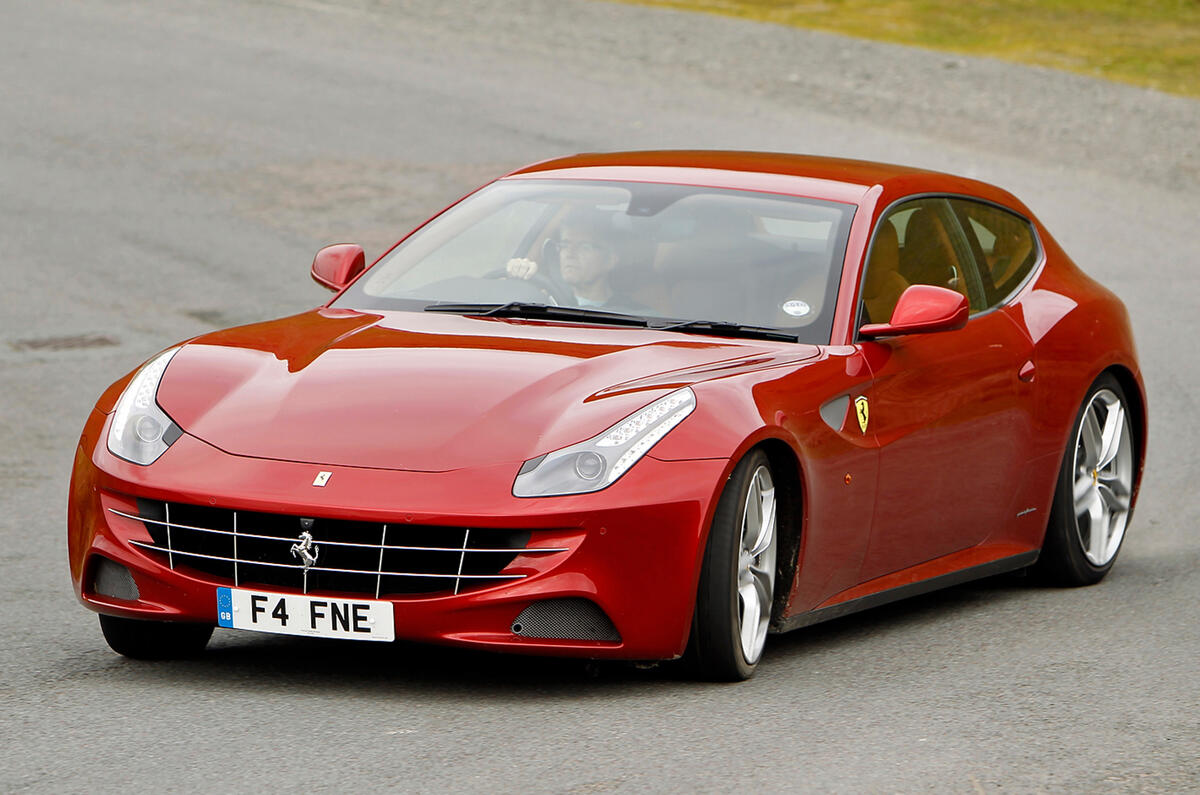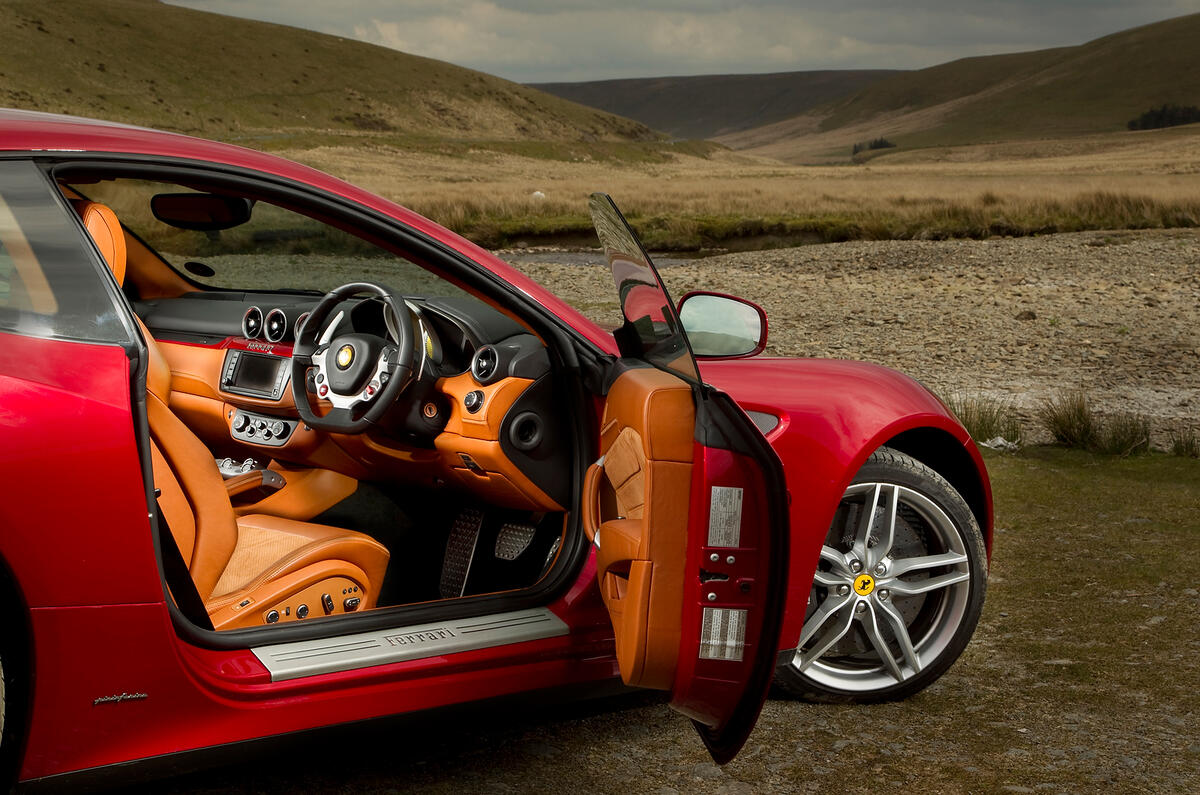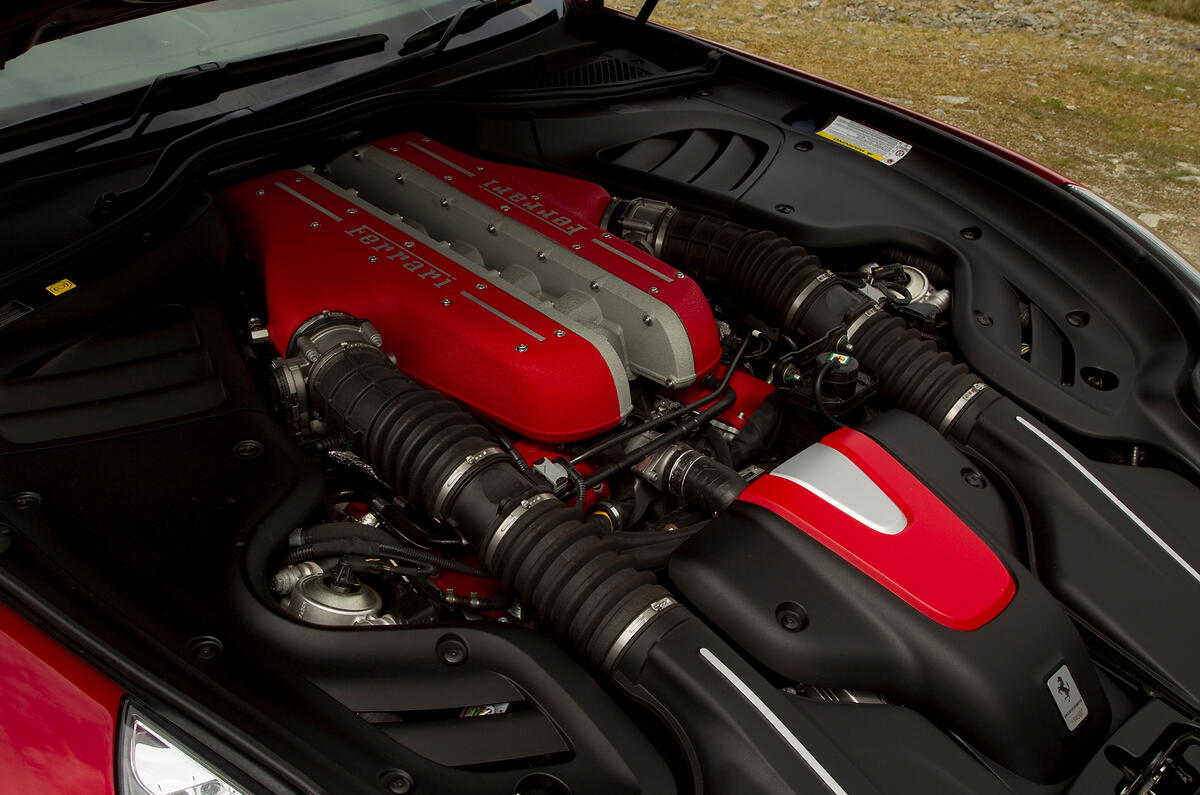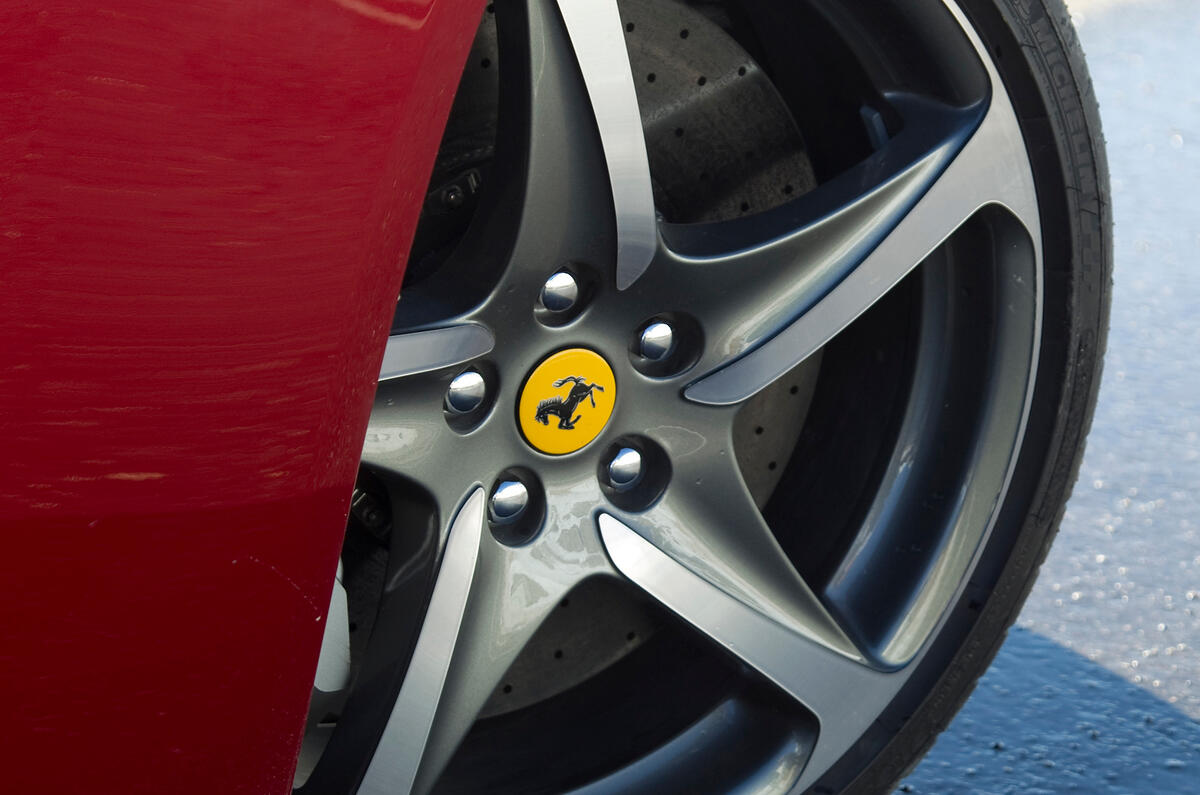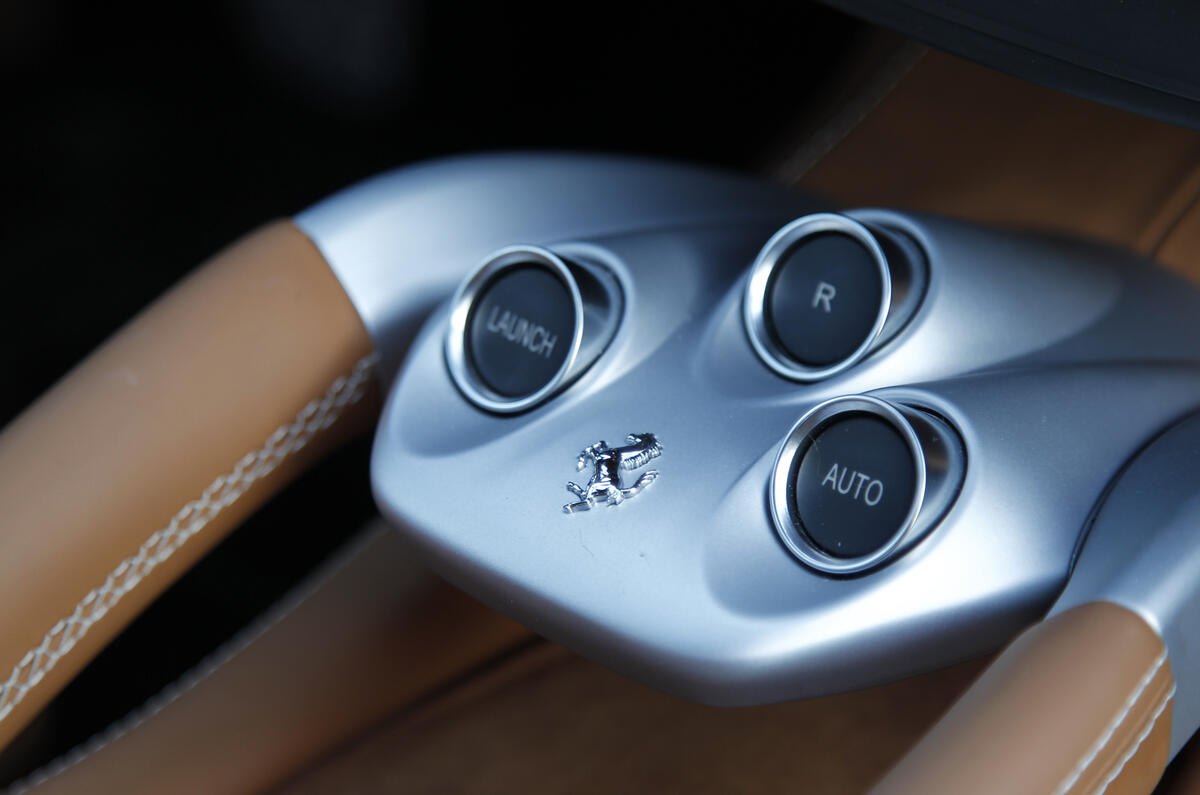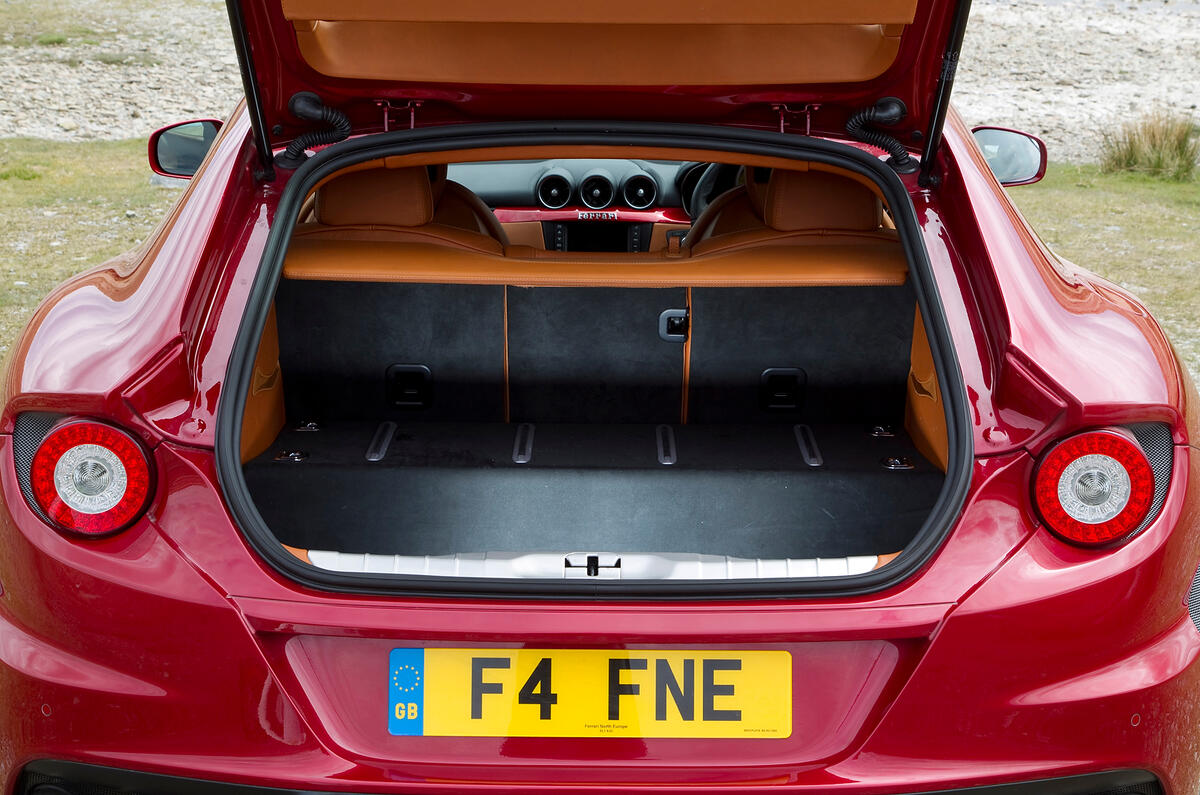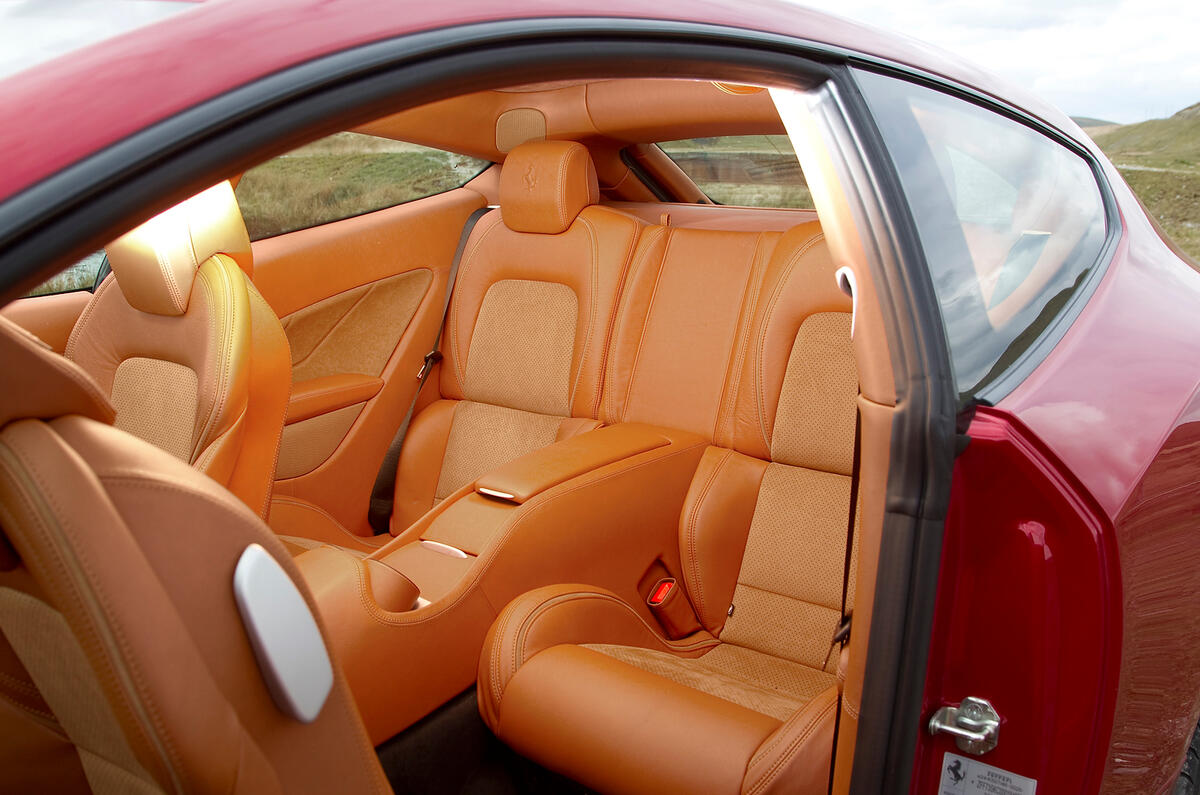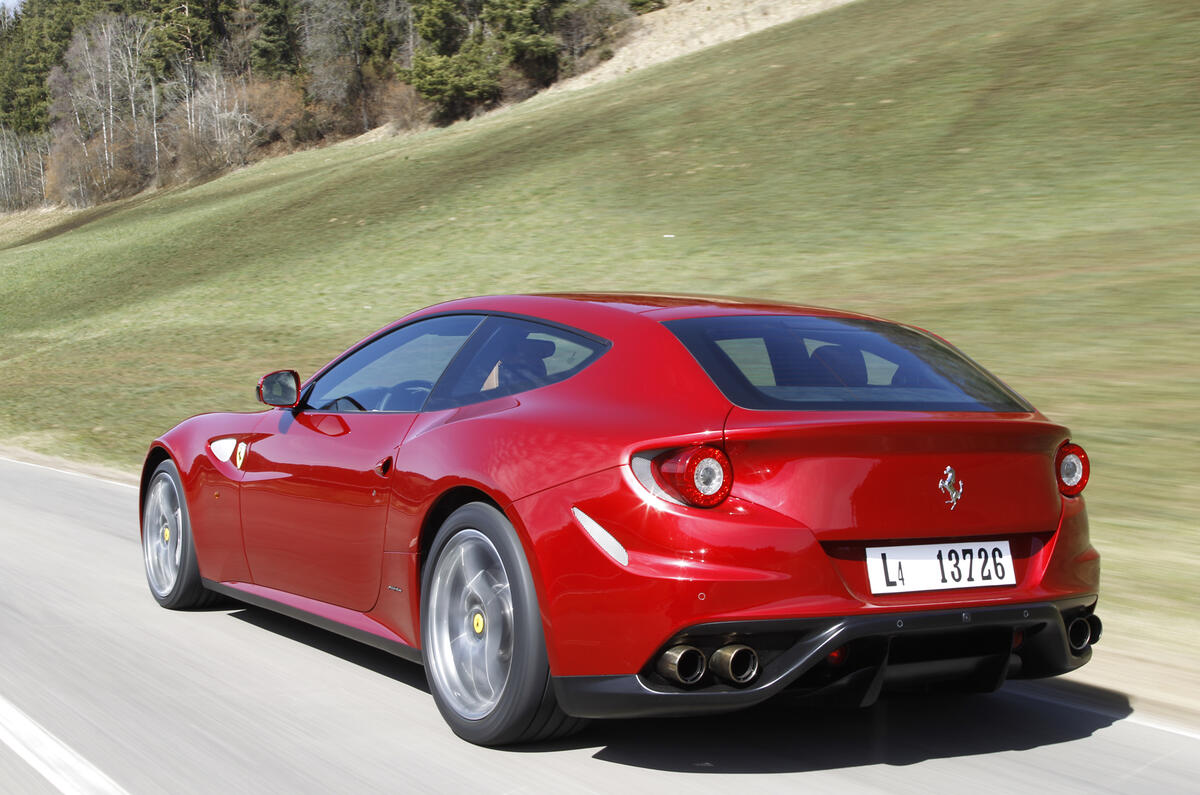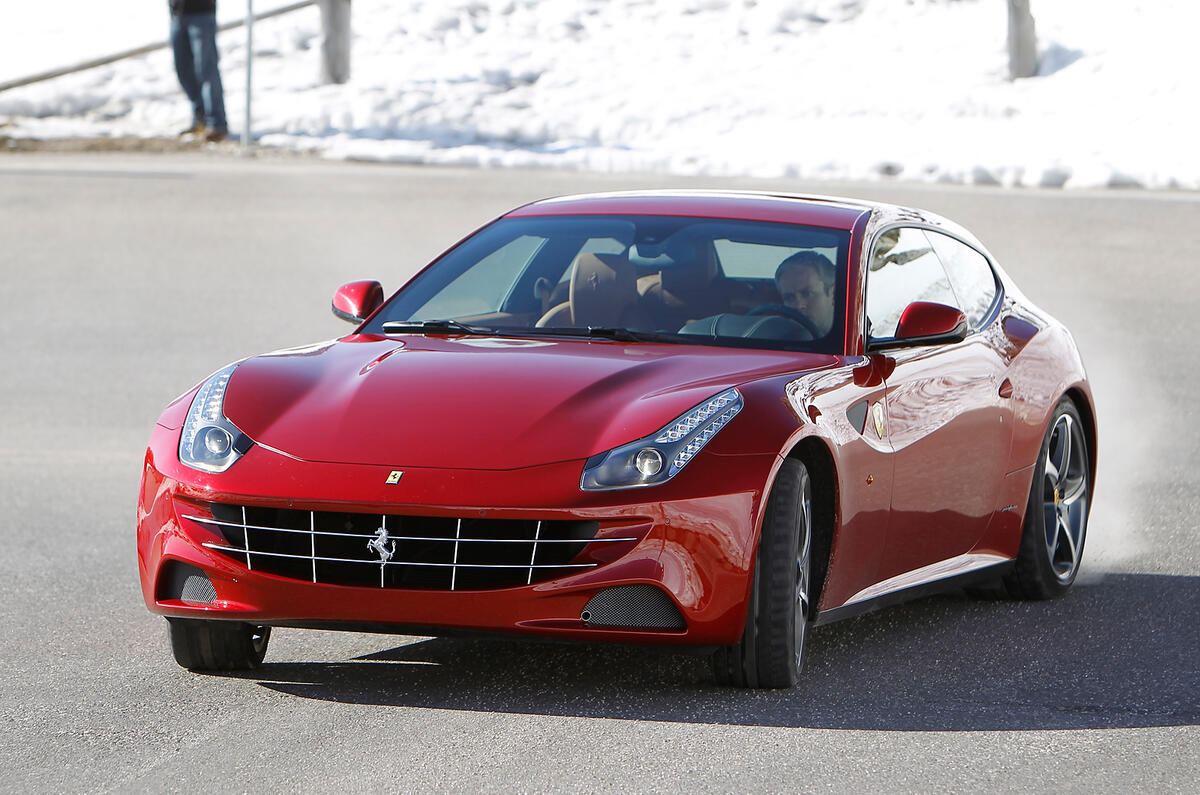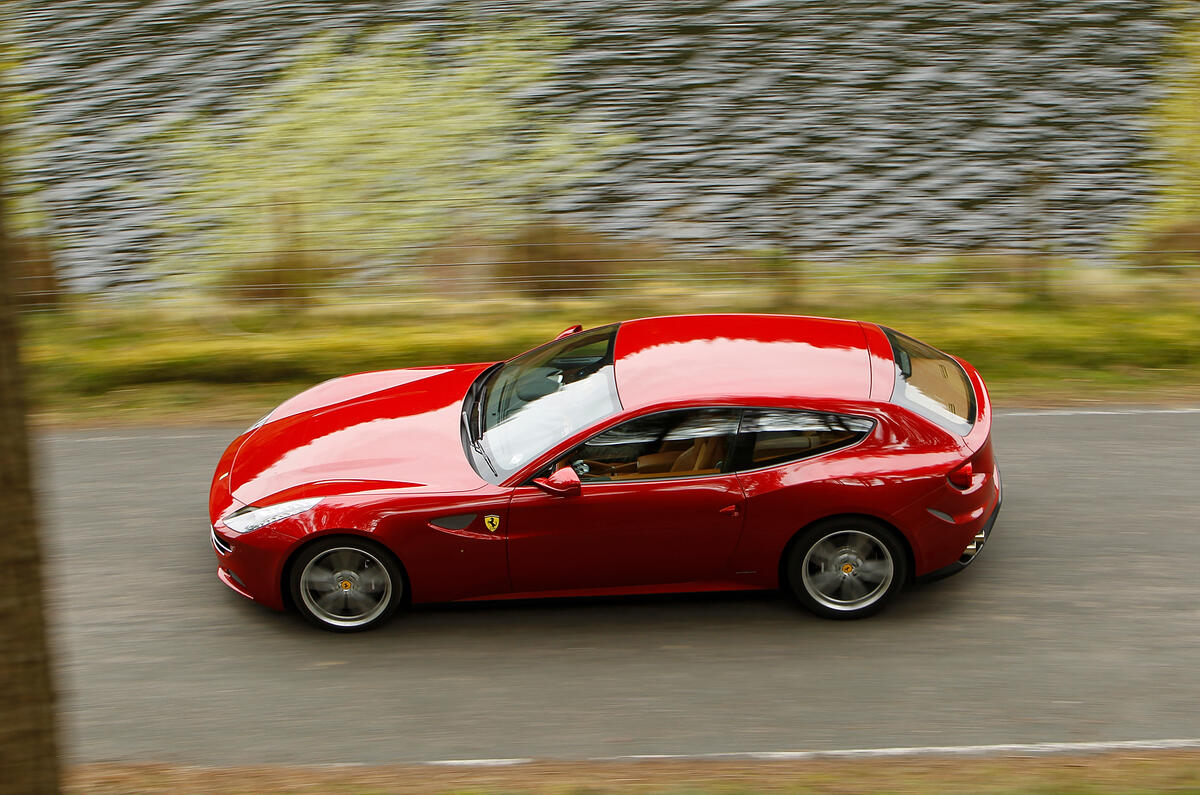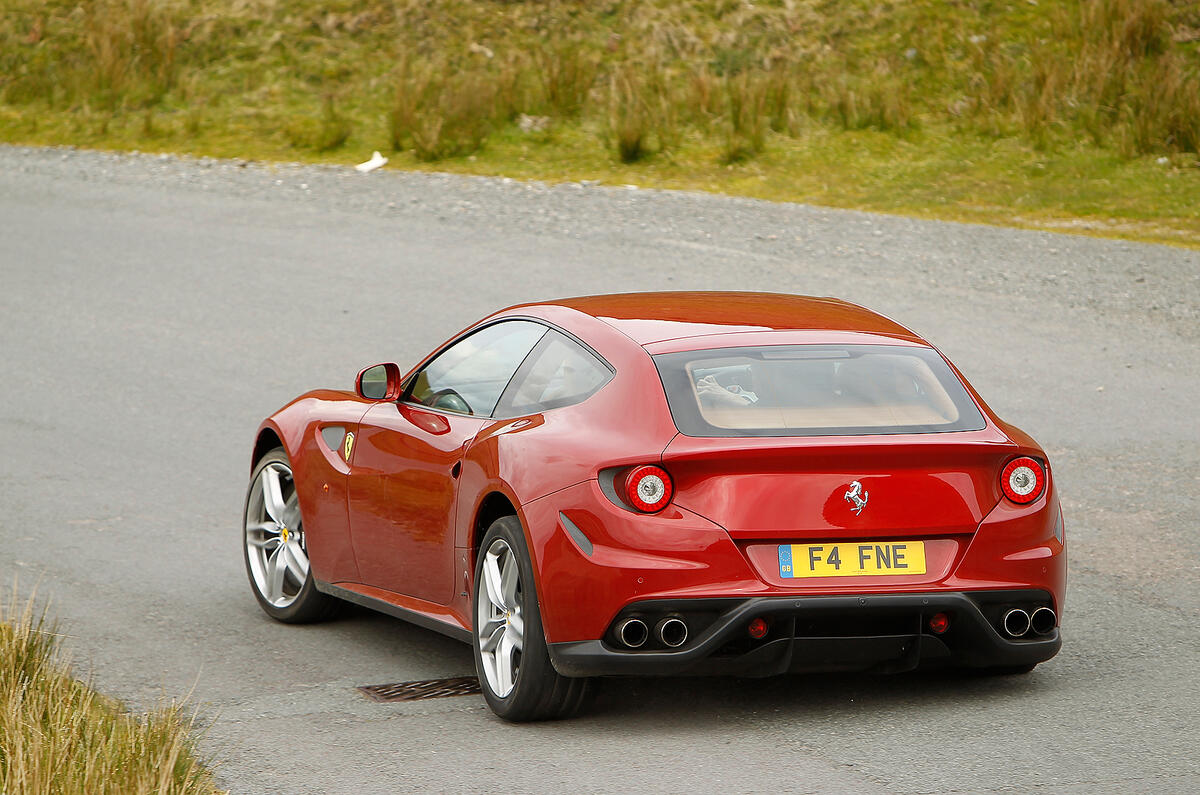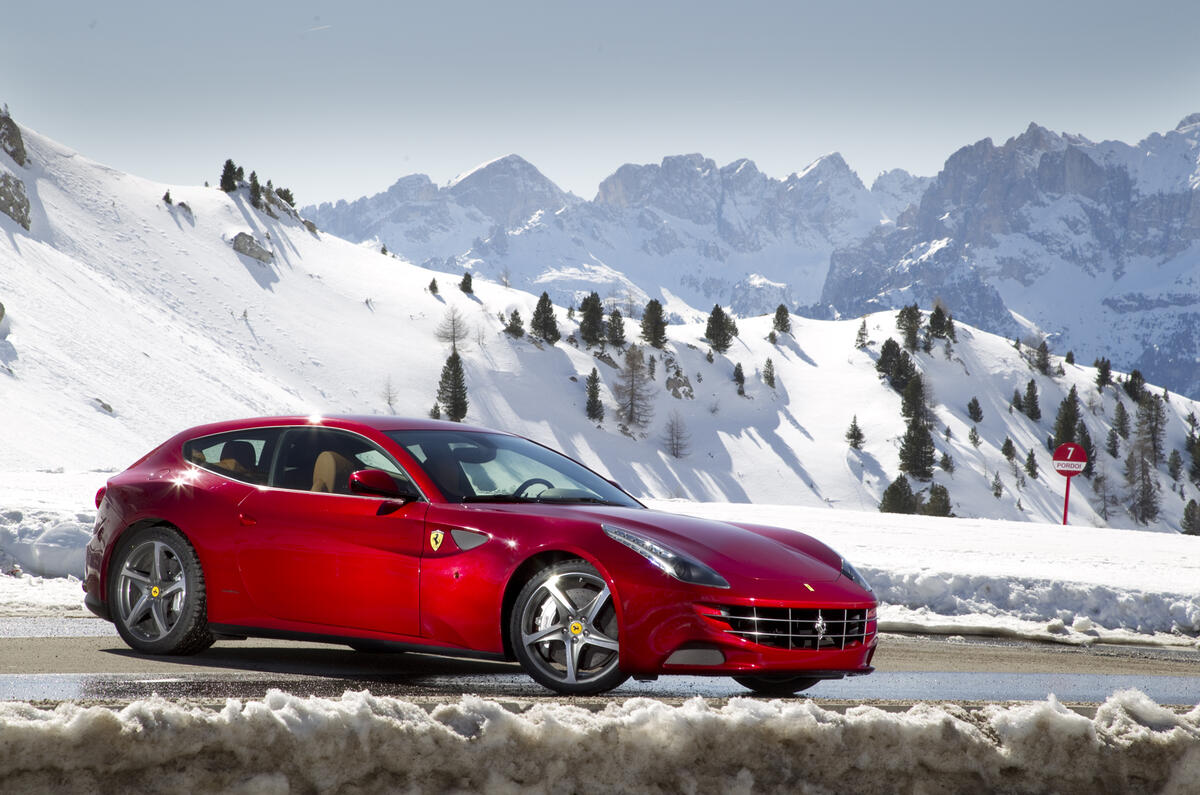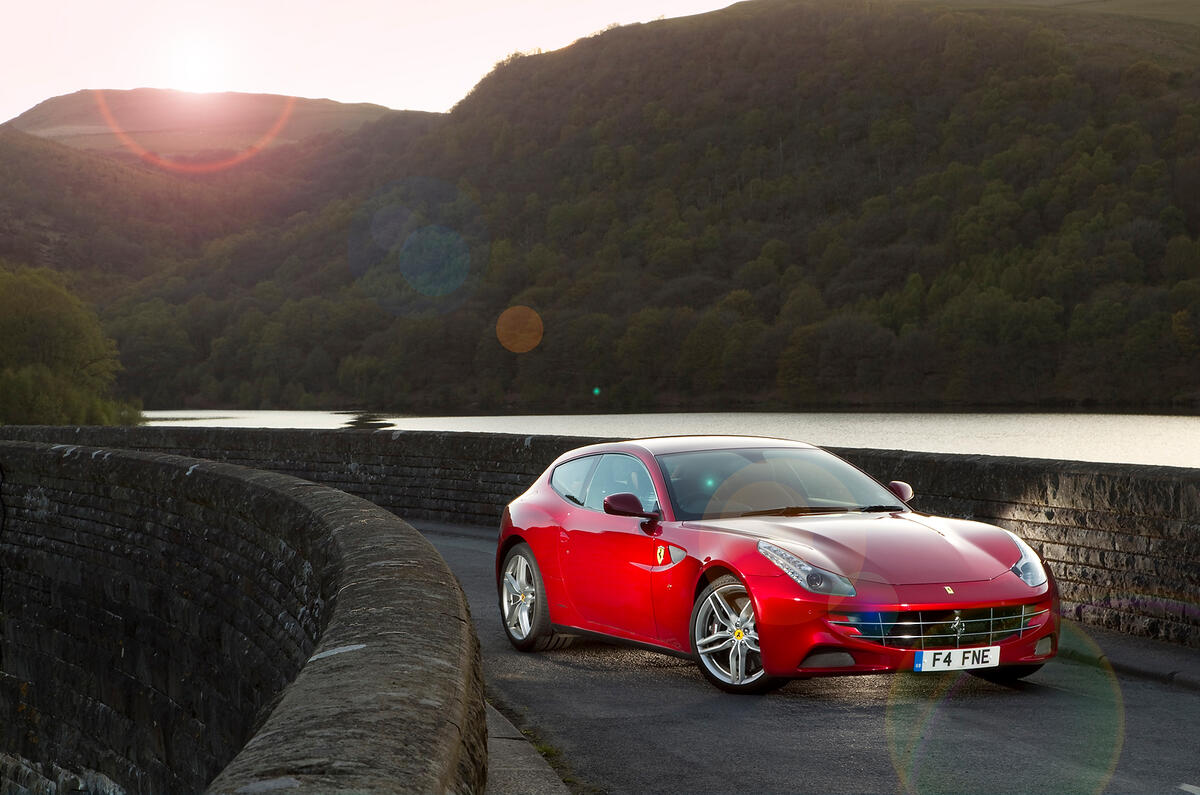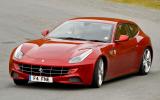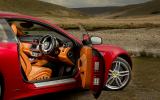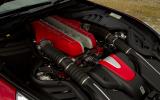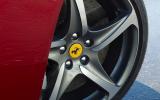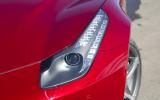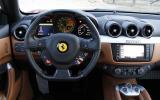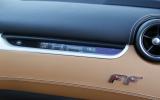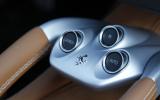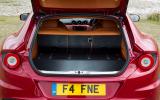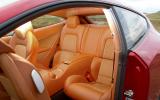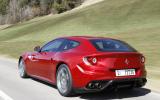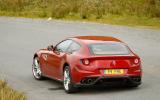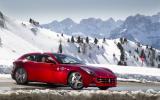The FF of 2011 to 2016 represented a revolution for the Prancing Horse, being the first Ferrari to accommodate four full-sized adults and their luggage and the first to feature a four-wheel drive system.
Hence the badge: ‘Ferrari Four’.
A replacement for the 612 Scaglietti, the eccentric FF was unusual in its positioning.
We had seen flamboyant four-seat Ferraris before in the 400i and Mondial, but back in the early 2010s every car that came out of Maranello was developed and released with deft product planning in a bid to score a hit with the rich and famous, with scant concern for such trivialities as boot space and all-weather utility.
Compared with the likes of the 458 Italia and 599 GTB, this stunning Pininfarina-penned hatchback was much easier to imagine as a daily driver – and even though prices for clean examples are still holding strong at north of £100k, you could still use it as such today.
But why take a beautiful FF over a same-aged Bentley Continental at half the price? Let’s start with the powertrain.
Under the FF’s long, sculpted bonnet is a thunderous, naturally aspirated, 6.3-litre V12 evolved from that used by the Enzo hypercar.
With 651bhp, this atmo artwork was the most powerful engine fitted to a Ferrari at the time and it still feels mighty today, as its 0-62mph time of 3.7sec attests. It can sprint from 0-124mph as quickly as the ballistic 599 GTB too.


